Film photographers are always itching for something new. For example, when Cinestill releases experimental stocks like their rubescent RedRum or Lomography reveals an almost monochromatic purple film titled Lomochrome Purple, shooters rush to buy and shoot the stuff.
Similarly when Cinestill released their black and white cinema film, BwXX (Double X), in medium format (it had previously only been available in 35mm) the film world went bonkers! Or, at the very least, I went bonkers!
Cinestill BwXX has been one of my favorite black and white films since I first shot it in my Canonet two years ago. I fell in love with the way it rendered blacks and the impressive contrast it was able to provide. Now that I was able to shoot this stock at three times the size, I was ecstatic. After the announcement, I immediately placed an order.
When the film arrived I was in Wildwood, NJ, slinging hoagies at a deli. When I ripped open the package, I immediately felt an excitement similar to what I felt when I’d shot medium format for the very first time, an experience I wrote about in an earlier article.
I only ordered one roll, funny enough. Like I said, I was slinging hoagies at a deli, I wasn’t Vanderbilt. And it took me a while to find the time to shoot that roll. When the time came I was in Brooklyn, NY. I had moved to the city two months earlier. I was trying to seek out the same feeling I received when I shot Cinestill BwXX in 35mm.
The weekend after I’d first shot BwXX in 35mm, I loaded two exposed rolls into a dev tank and then used Cinestill’s own monobath chemicals to develop them. I was mostly testing the monobath. In reality, I would never put anything too important through those chemicals. But the pictures that came through the other side are some I refer back to often when wanting to recapture a certain feeling of nostalgia.
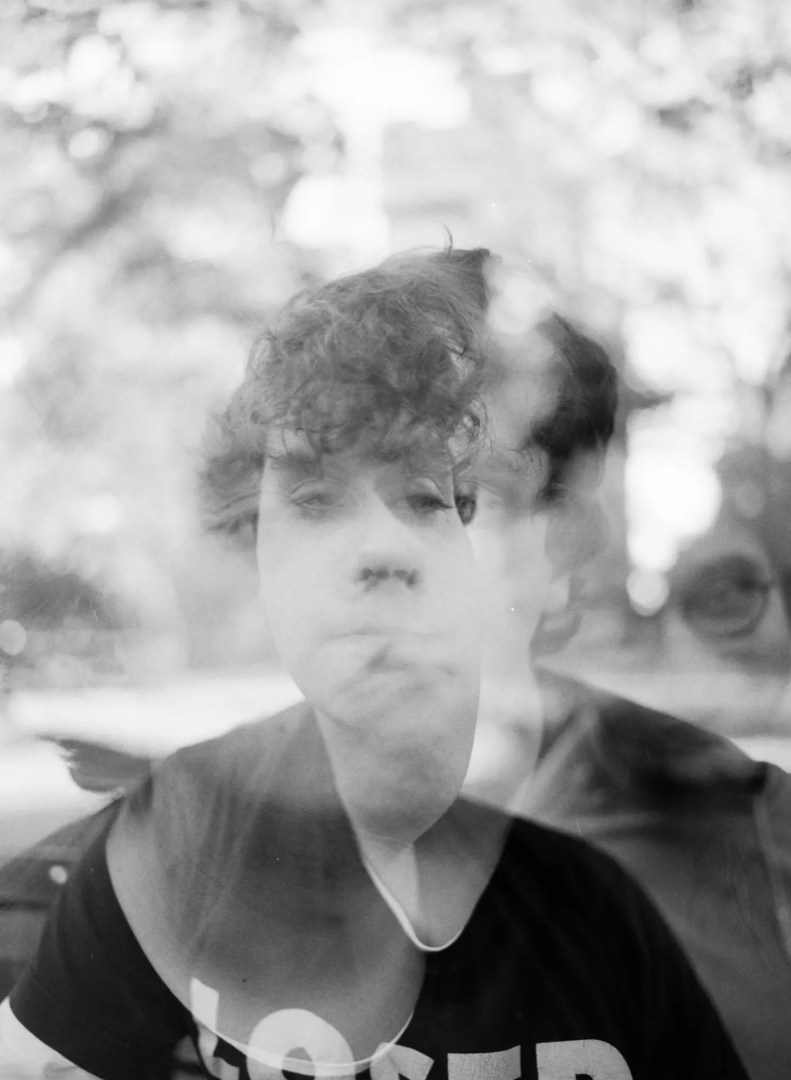
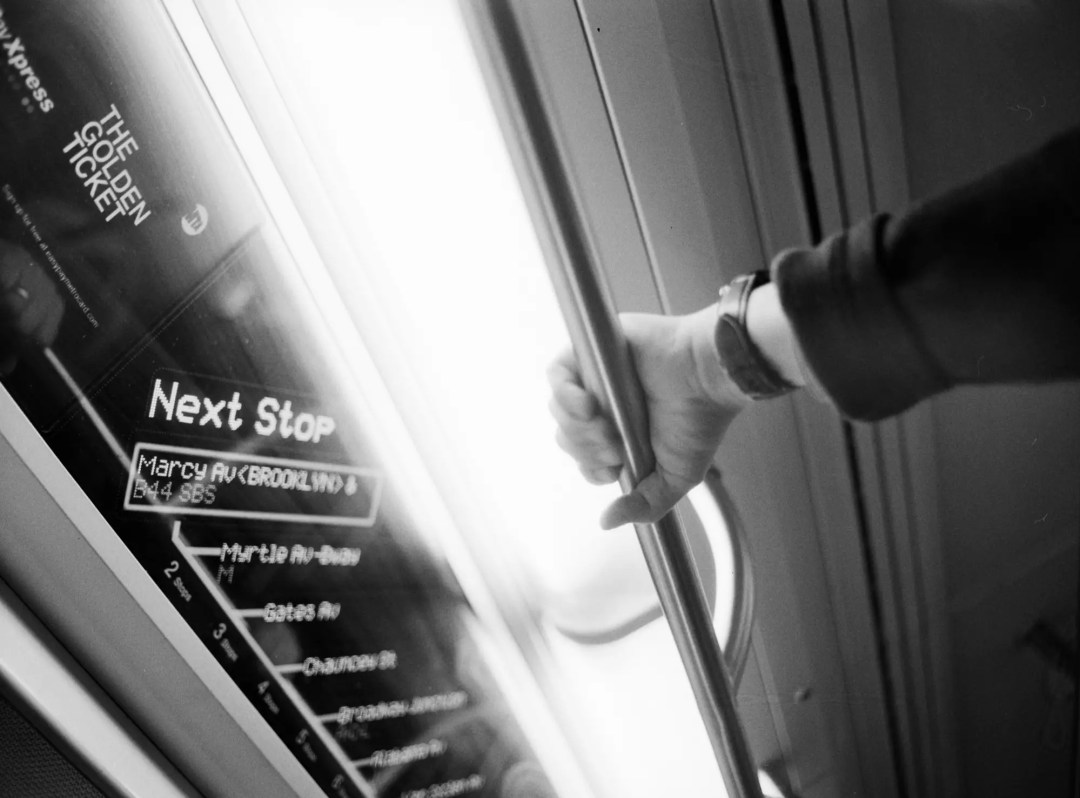
With those two rolls I’d documented my high school graduation and the beginning of COVID. The fine grain and enhanced contrast, compared to flat stocks like Ilford HP5, seemed to offer me a look of pure documentation. It made the pictures of rather ordinary subjects look serious, as if they were from a different time. Perhaps it was the way the stock rendered blacks. Not too stark and hard to look at.
As I powered through 35mm rolls of this new addition to my film fridge, I found that BwXX rendered low light like no other. I’ve shot other ISO 200 black and white film stocks in my day. None have impressed me as much. In low light, other black and white films result in washed out photos, flat and grey, that can only be fixed with intense editing in Negative Lab Pro. Indoors or outside at night time, I was continually impressed by BwXX.
The most scientific explanation I have for my findings is that BwXX was made to be a range ISO type of stock. Cinestill’s black and white creation can be shot anywhere from 200 ISO to 800 ISO without having to change development times. Having my scans converted in Adobe Lightroom, I found an incredibly dynamic histogram, showing even peaks stretching themselves from blacks to white and highlights to shadows. The latitude and strength of its dynamic range allowed me to pull details from shadows which other films would render totally black.
I think the biggest revelation that I experienced with this film would be when printing my work. I picked up some nice, high quality paper and loaded it into a gorgeous Canon printer I found on my school’s New York City campus. As I adjusted the image size in photoshop, I was eager, ready to hit print. There was something about tangibly holding my work that I couldn’t get out of my head. I haven’t felt that giddy since I developed film for the first time. The printer slid out the monochromatic image and I was in awe at the depth and stunning resolution.
Now that I was able to see my images up close and personal, I saw incredibly fine grain which really speaks to my anecdotal notion that this film has a “look” that screams documentation. Maybe it’s the connotation behind the word documentation, but Cinestill BwXX just feels fit to capture life.
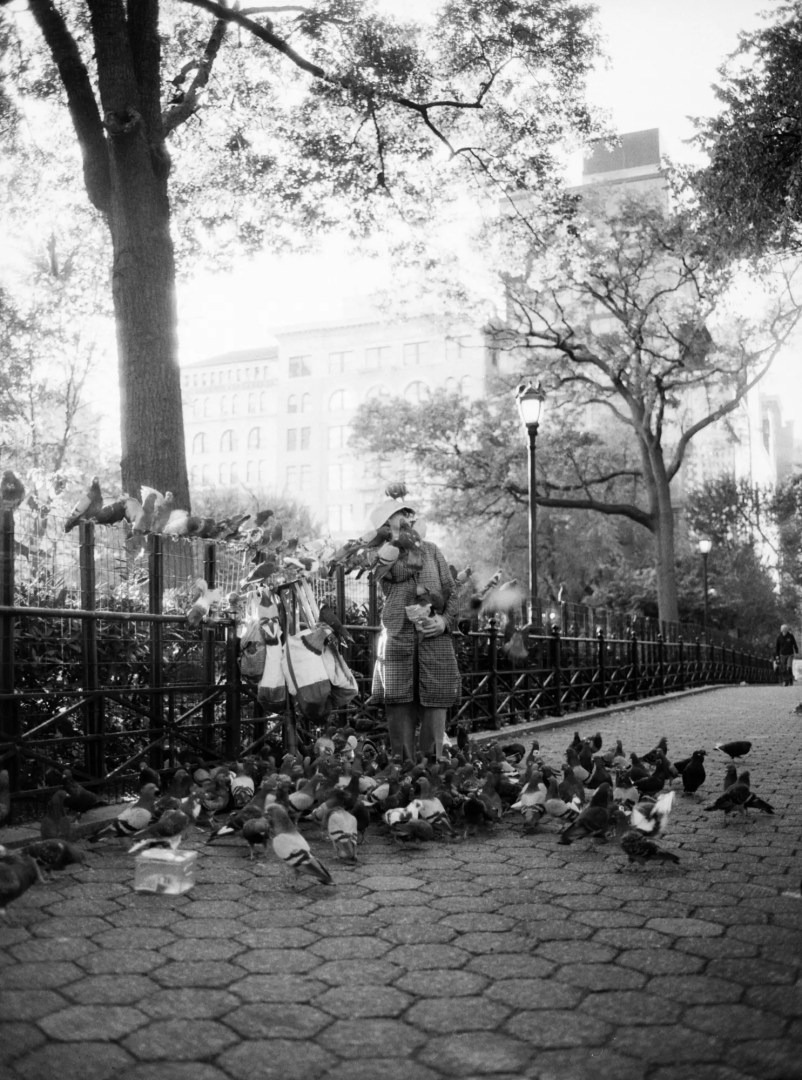
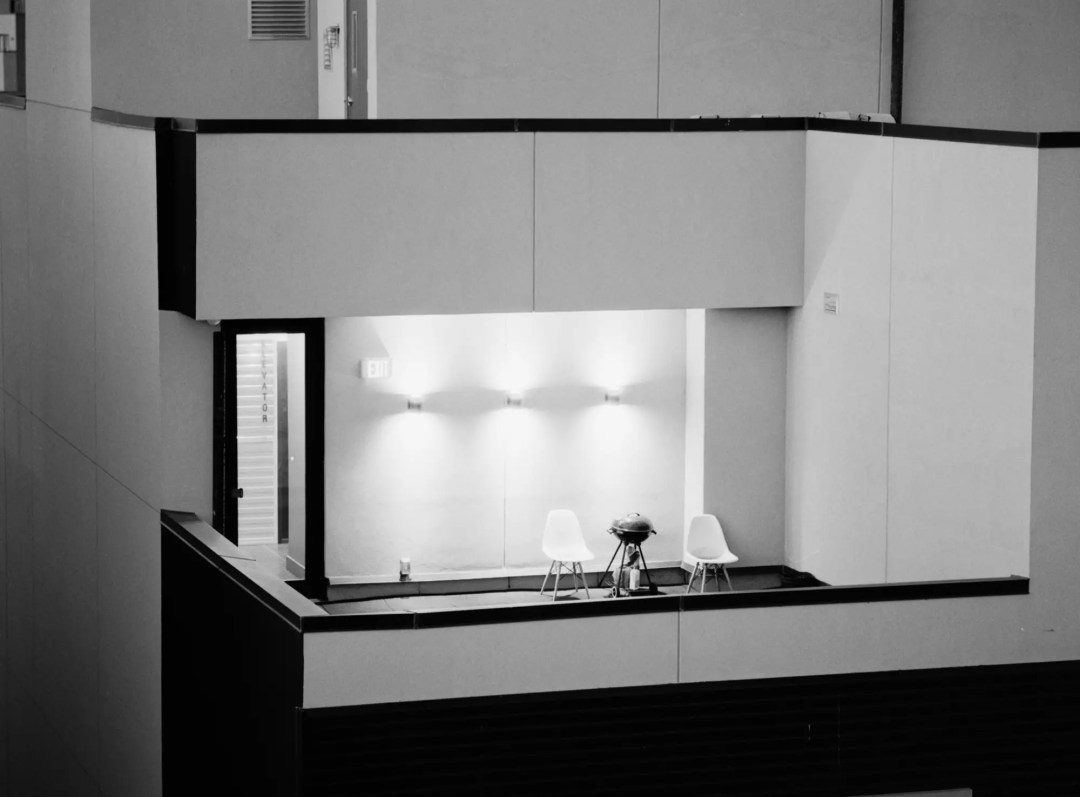
There are so many subjects that I feel go extremely well with the grain and tone combination this stock offers. The contrast, which almost never needs to be edited, on top of the true to life shadows and gorgeous grain structure, makes for an extremely compelling image. Keeping a roll of BwXX by my side in 35mm could be a scenario where “taking” pictures is appropriate. A quick shot fired off to remember the cool looking street corner on Central and Dekalb? Totally worth the exposure!
But BwXX in medium format is a film for when I want to “make” rather than “take.” I take my time to “make” pictures. I’ll slow down, plan out a shoot, set up my tripod, meter for midtones, and even patiently wait until my subject is poised just the way I like. This becomes increasingly difficult in NYC street photography. But, to get the most from a film that has impressed me as much as BwXX, my new go to black and white stock, I’m okay with taking the extra time.
I have plans for this film. I’ve never really done that before. I’ve never tested out a film and loved it so much that I conceptually planned its future use. Have I thought like that before? Of course, I’m a film photographer! But that had to do with a vision, an idea, a certain lighting situation, or maybe a return to Central and Dekalb. Never have I been so passionate about a single film.
I blame the upgrade from 35mm to medium format. Perhaps the fact that I was slowly fed this look, small to medium, enhanced my love for it. It reminds me of the argument whether streaming services should release television episodes weekly, like normal cable, or continue to release seasons all at once, allowing subscribers to binge it all in one day. With Cinestill BwXX at least, I think I prefer the weekly release. “Weekly’ here meaning “two years” – that’s how long it took to get this stuff in 120.
I’ve gone off the rails. To continue with my “plans,” I feel prepared enough to take this film into the studio. With its range ISO and the latitude present in Lightroom’s histograms, I feel comfortable enough to not be intimidated by professional lights. Maybe, now that I’ve fallen in love with a colorless stock, I can finally execute my black and white bare back series, or my close up portrait series. Before, I just snapped photos. I grabbed the films I liked, those that pleased me. Now, I realize what more can be offered if I simply just allow myself to slow down and analyze what a film has to offer.
As I type this, I sit next to a photobook of mine. When I scanned my negatives and fell in love with the look, I thought this film was a perfect fit to tell a story I’ve been wanting to tell. I used Cinestill’s BwXX to make my photo book Navigating, Alone, a book that told the story of me living on my own for the first time. Perhaps I’m saying this to offer a satisfying conclusion to my observations with tangible prints. Or, perhaps, that’s a story for another time.
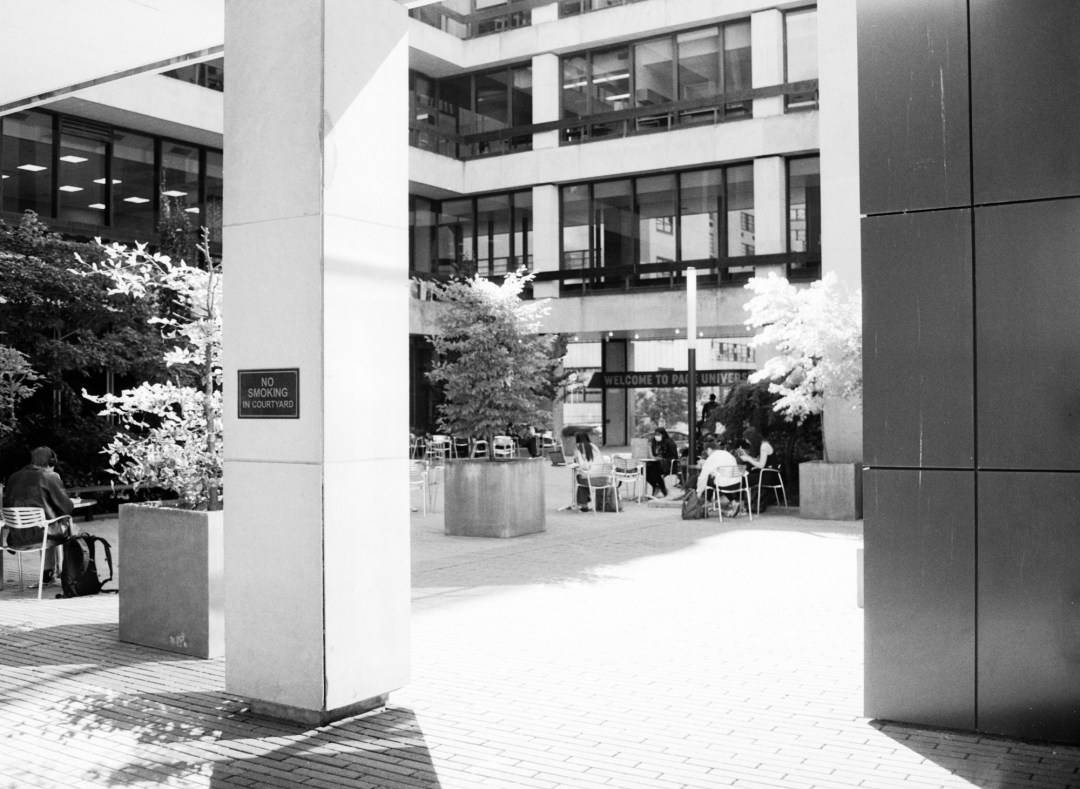
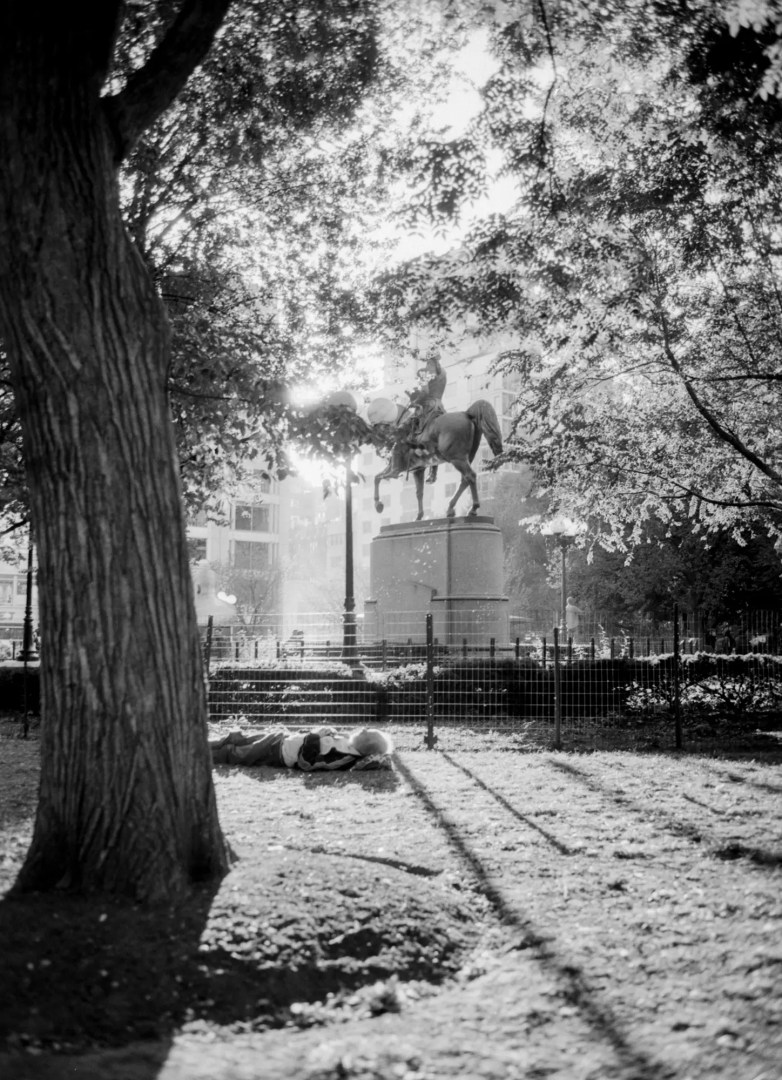
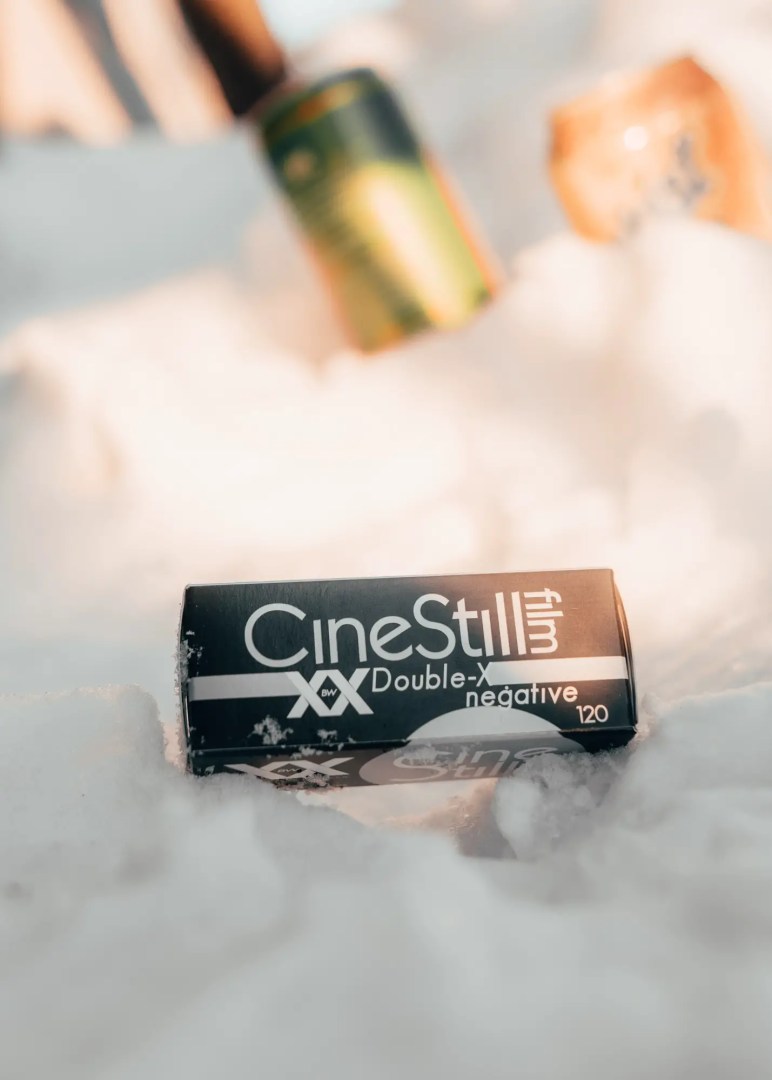
In brief, Cinestill BwXX impressed me, and continues to do so. It offers gorgeous blacks, impressive contrast, fine grain, and always usable results. Looking for something new? BwXX? Need a go-to black and white film for your medium format camera? BwXX. Cinestill BwXX, especially in medium format, is a film that I would recommend to anyone.
Want to try Cinestill BwXX in 120?
Get it at B&H Photo
Follow Casual Photophile on Youtube, Twitter, Facebook and Instagram
[Some of the links in this article will direct users to our affiliates at B&H Photo, Amazon, and eBay. By purchasing anything using these links, Casual Photophile may receive a small commission at no additional charge to you. This helps Casual Photophile produce the content we produce. Many thanks for your support.]

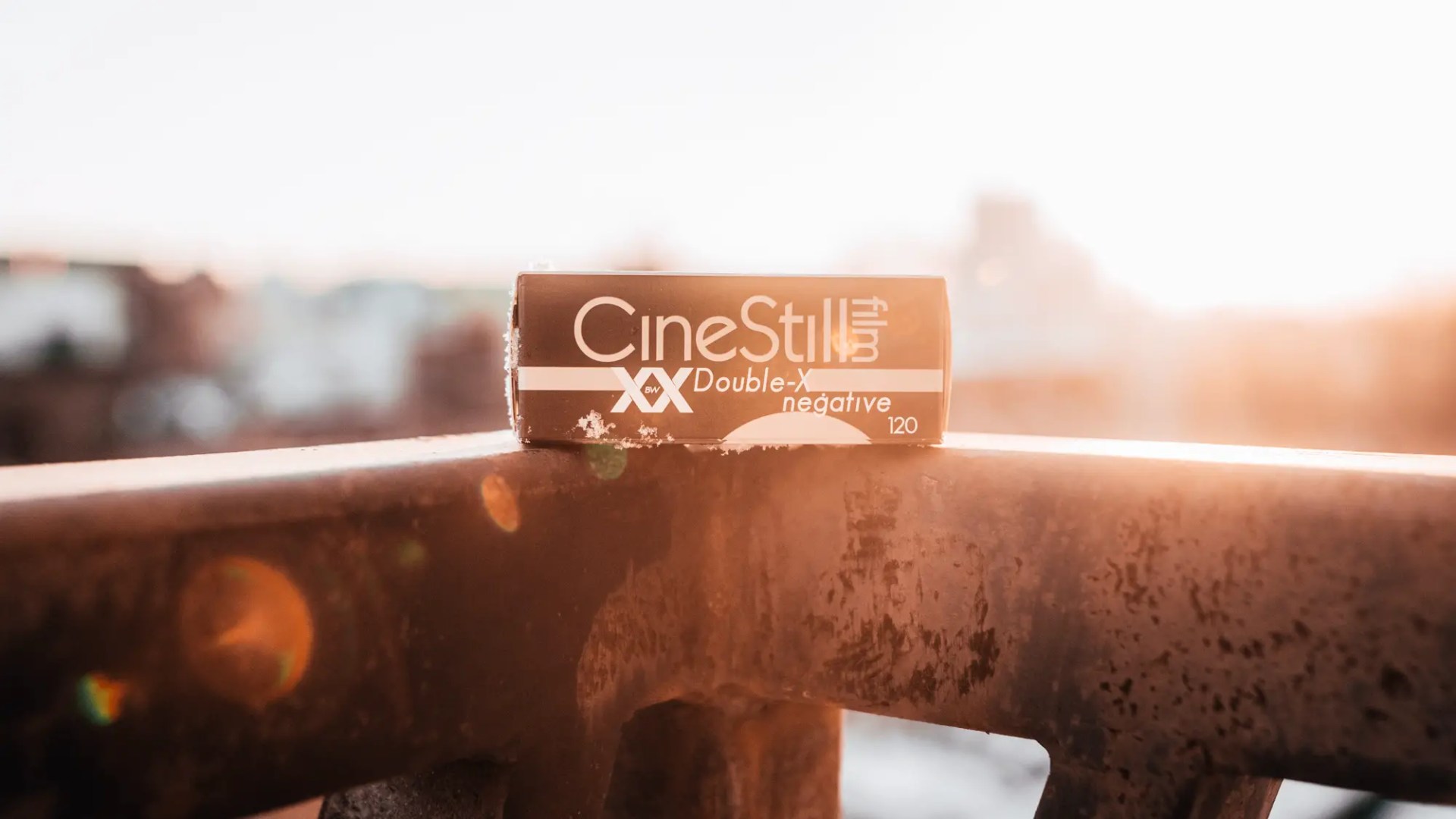
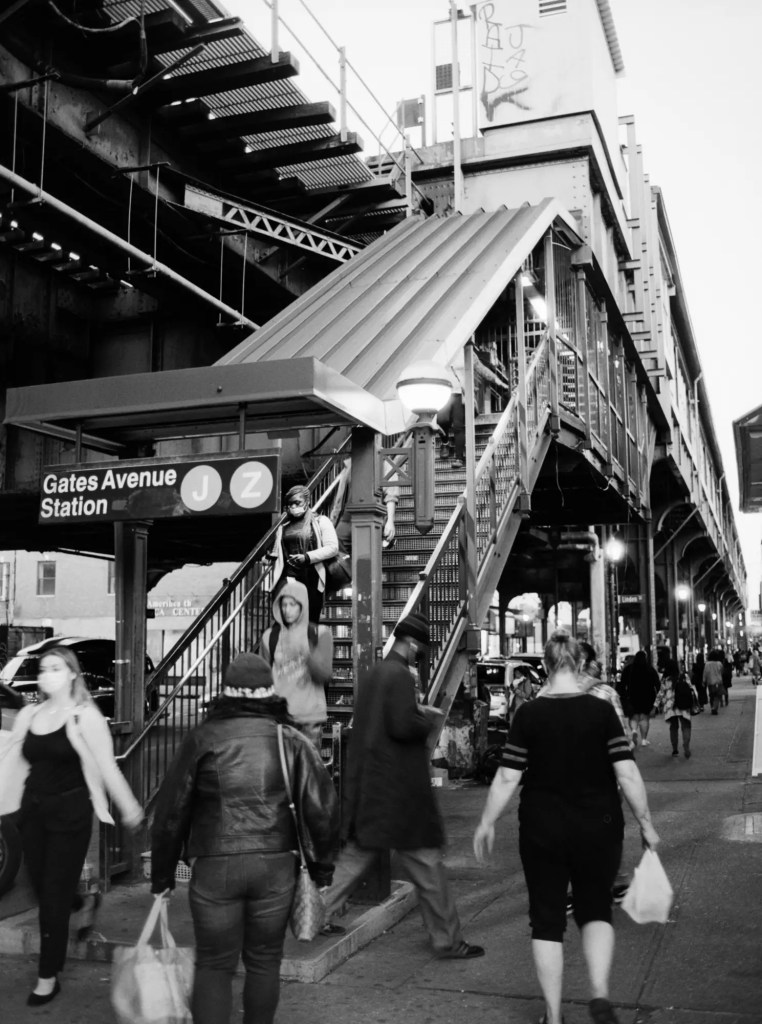
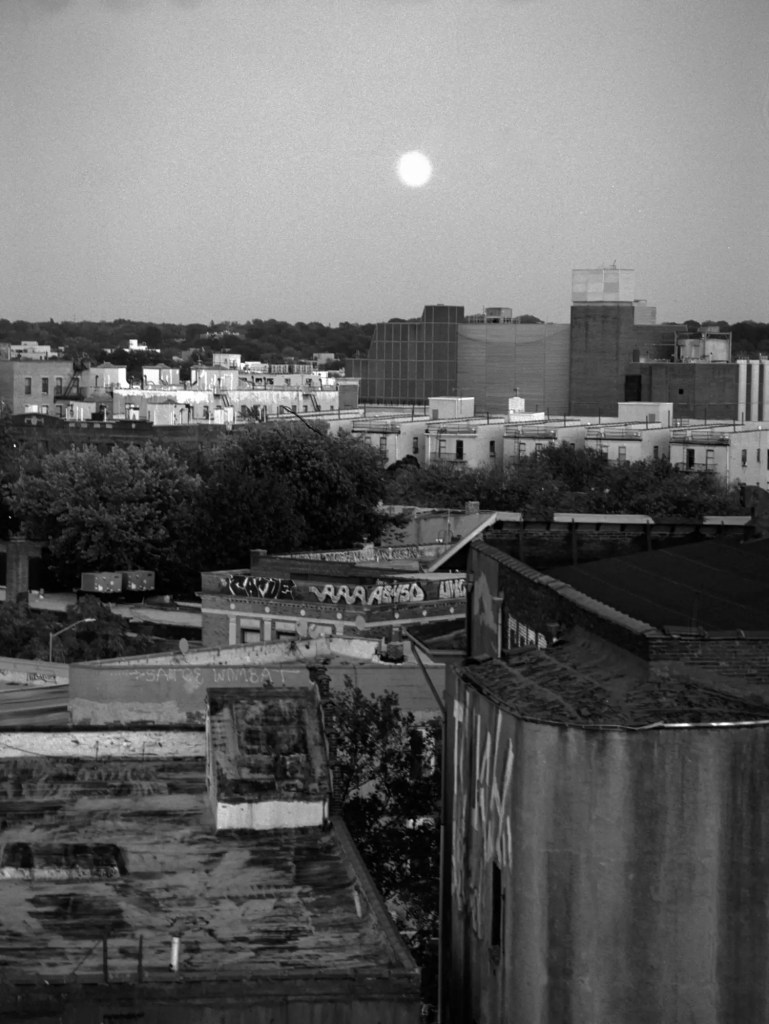
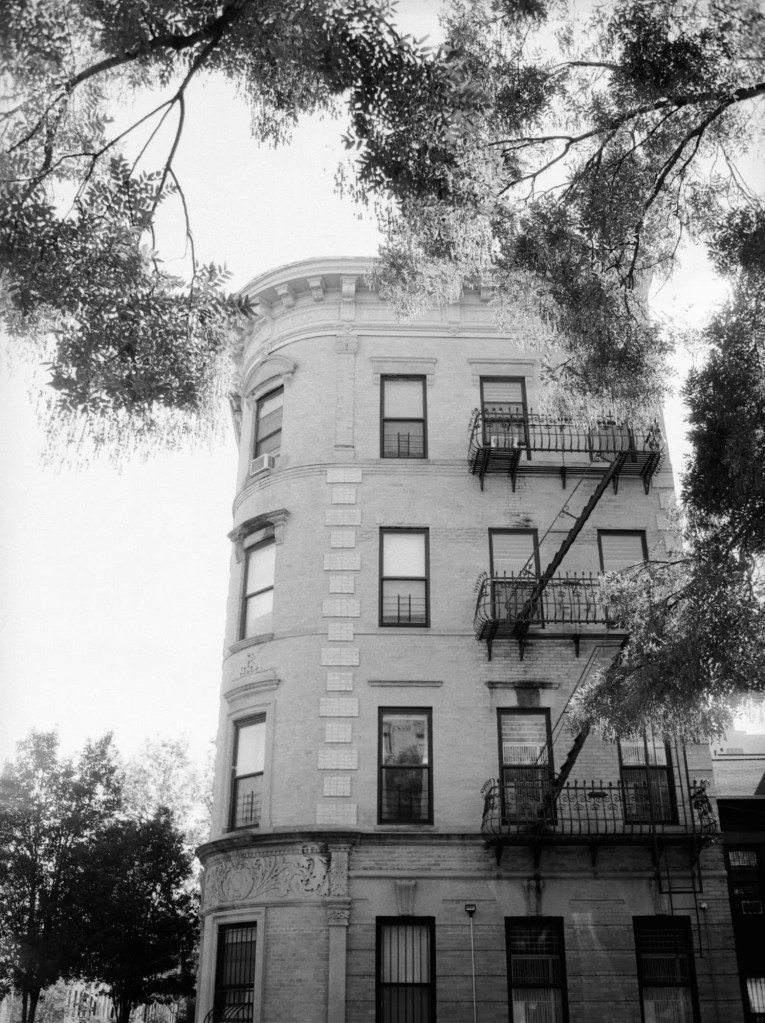
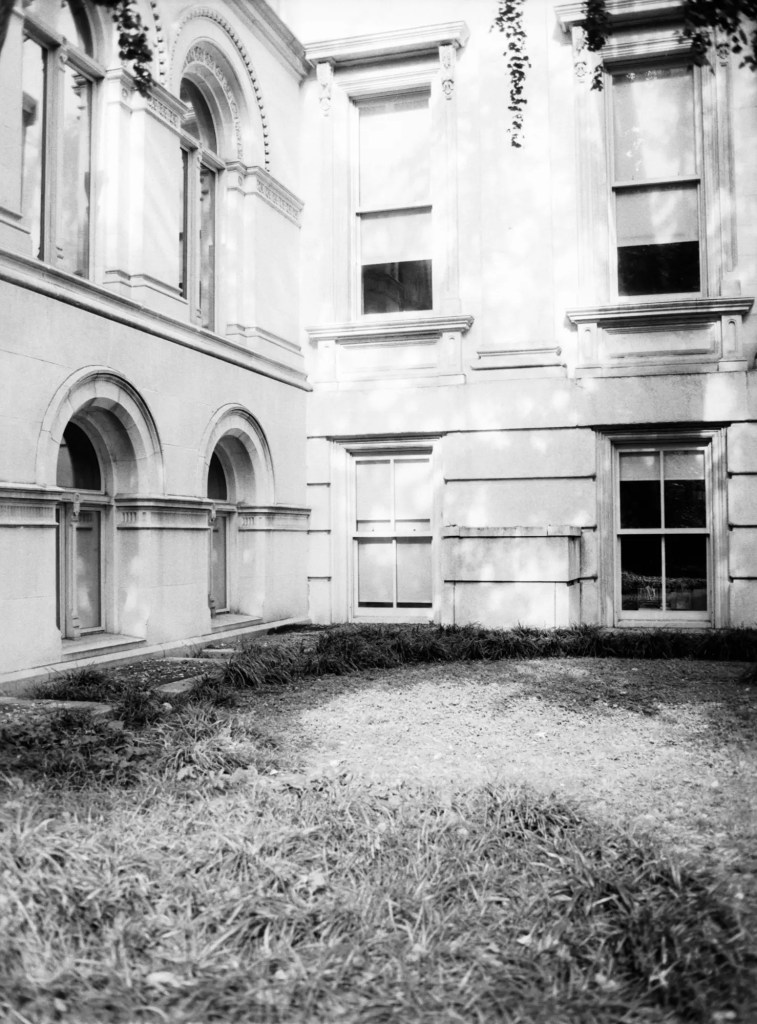
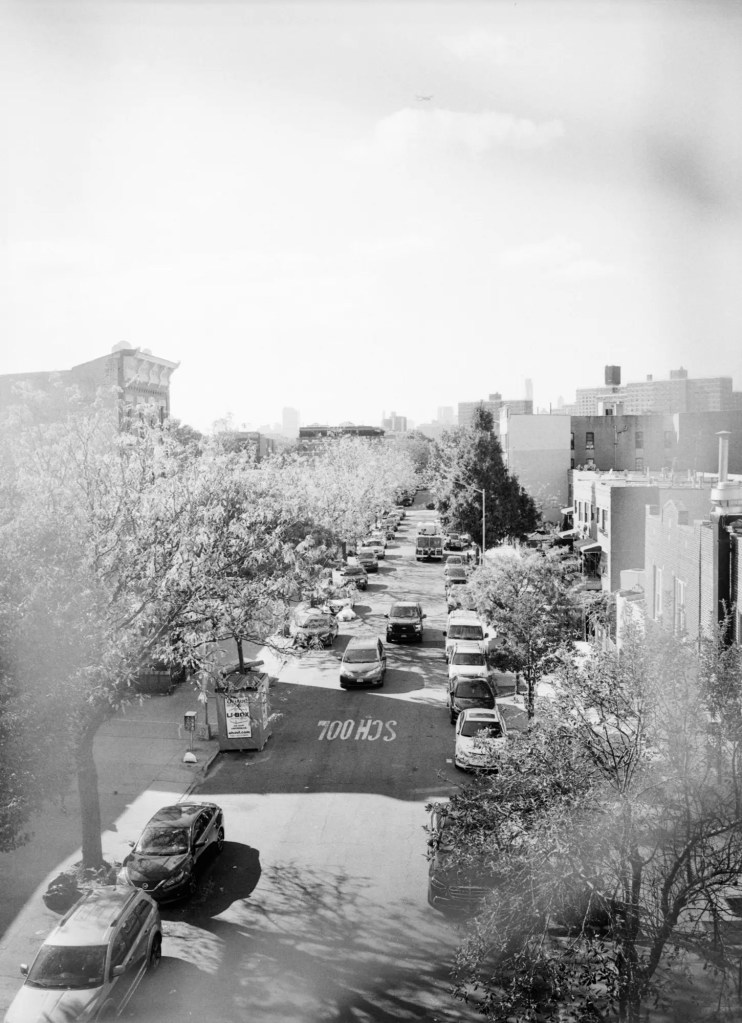

Great.
Great images.
Great writing.
Great review.
Greatitude 😉